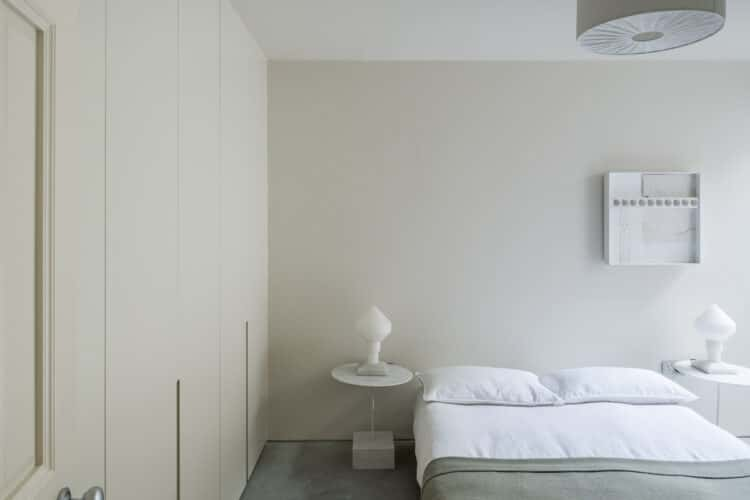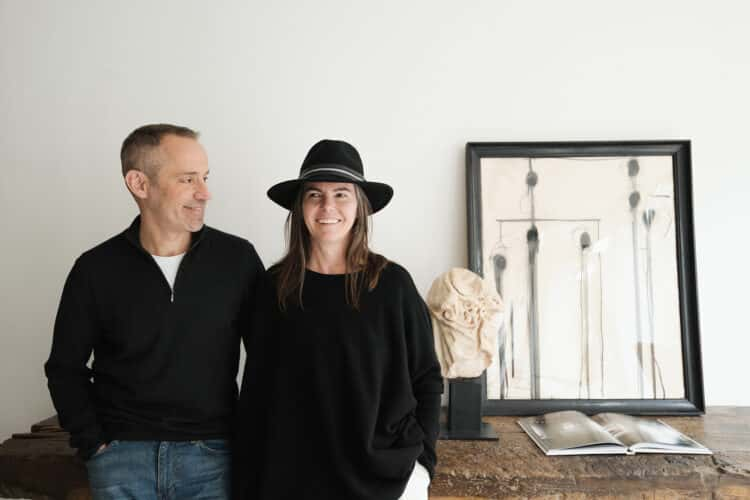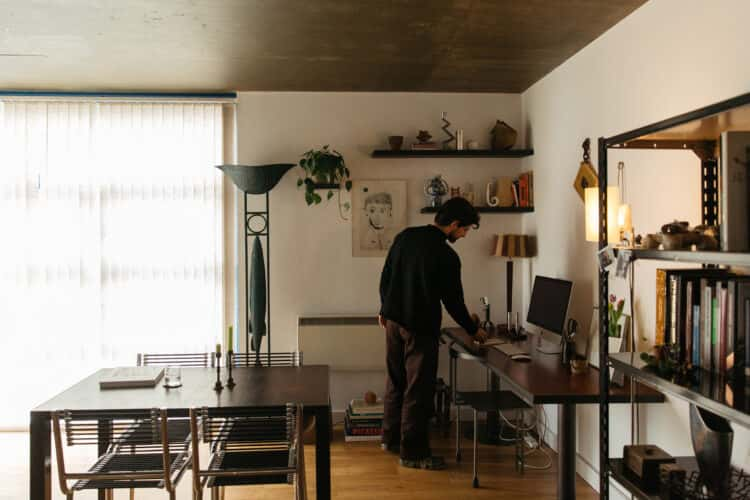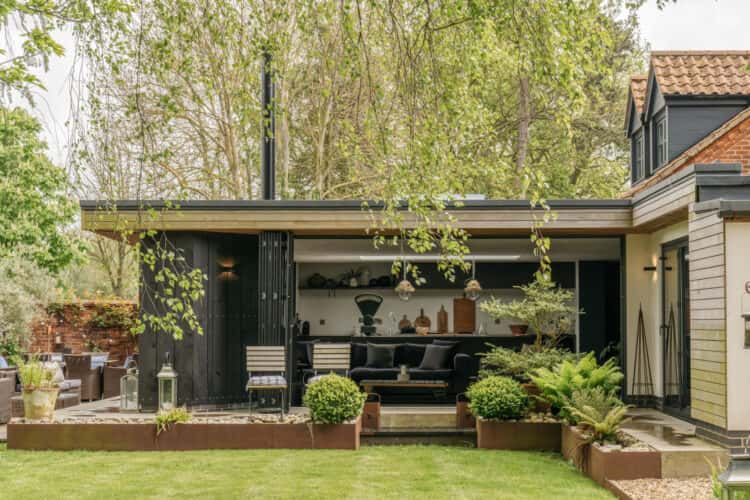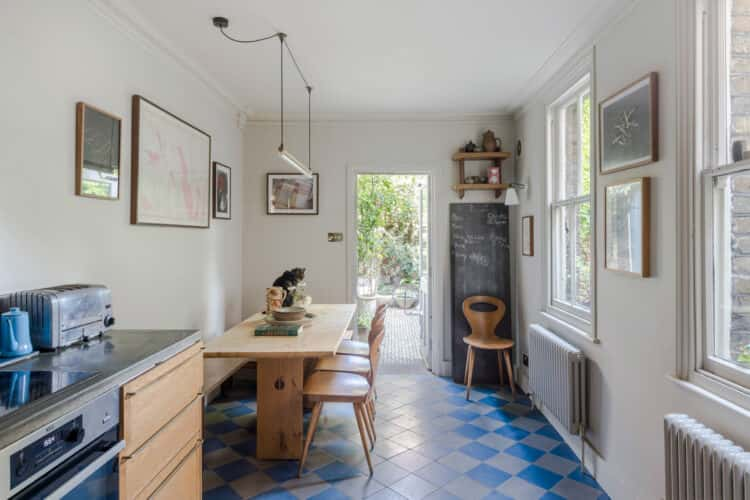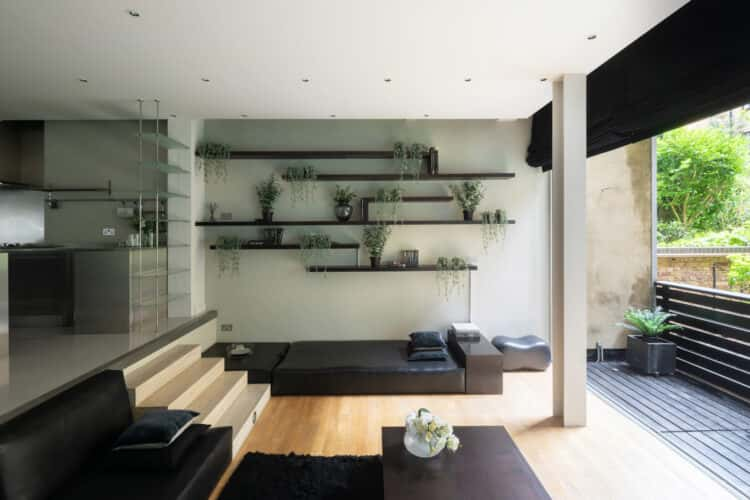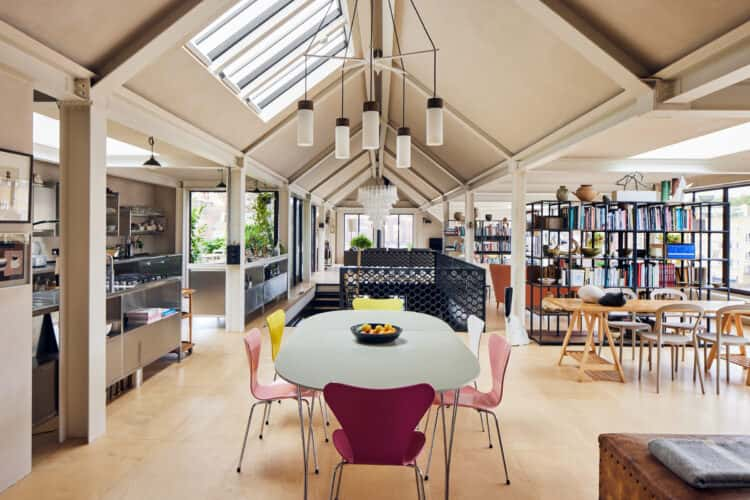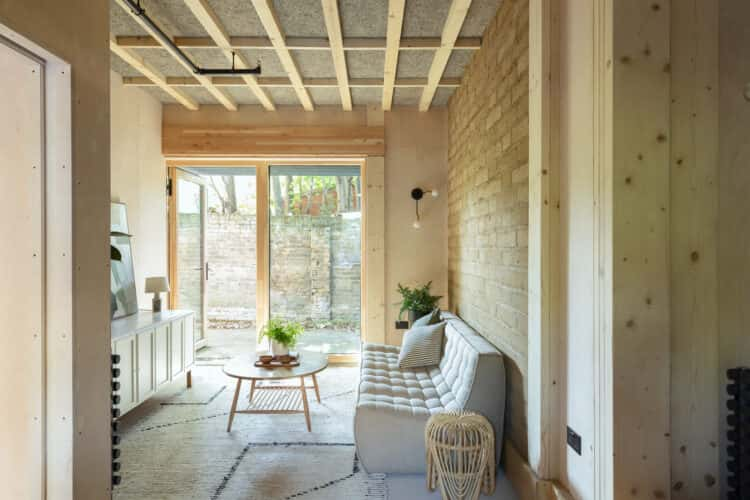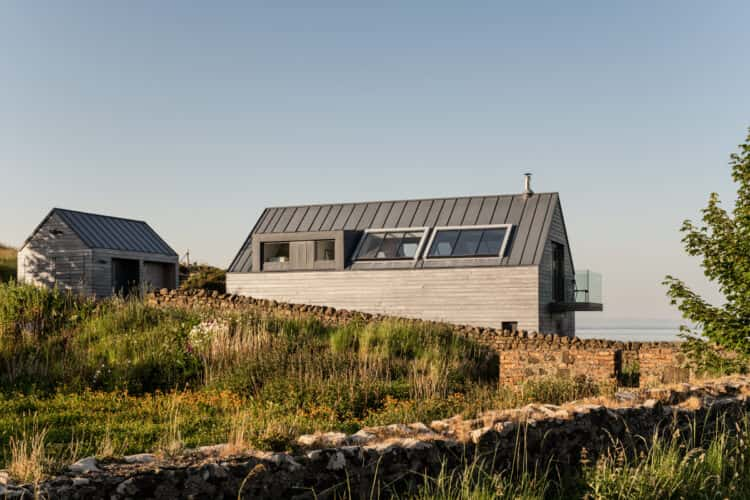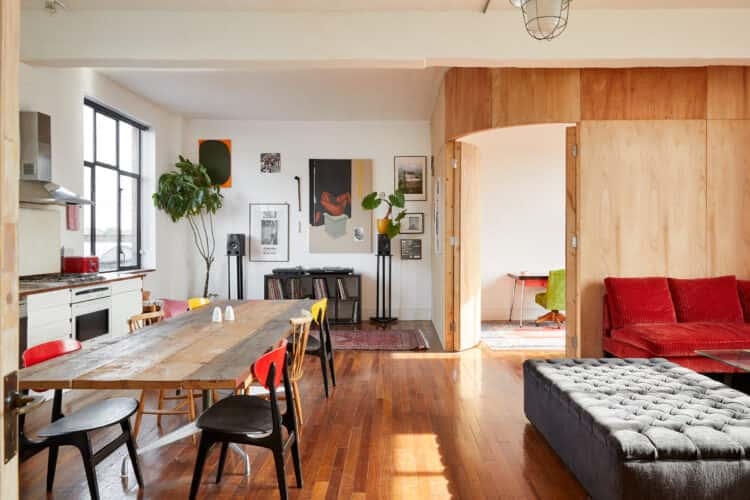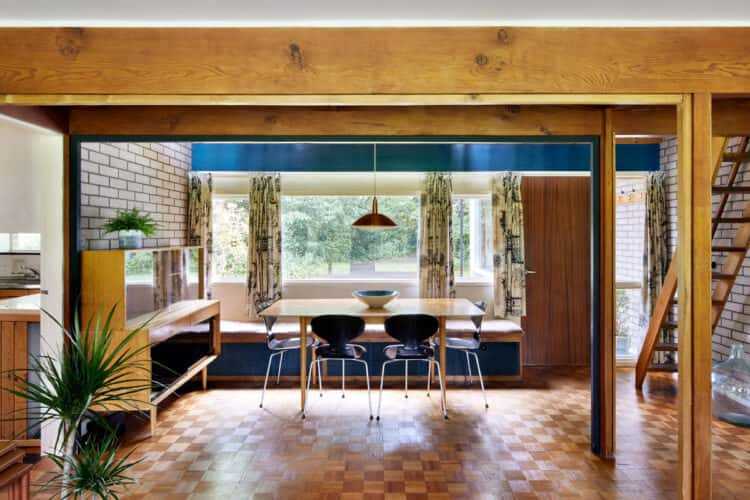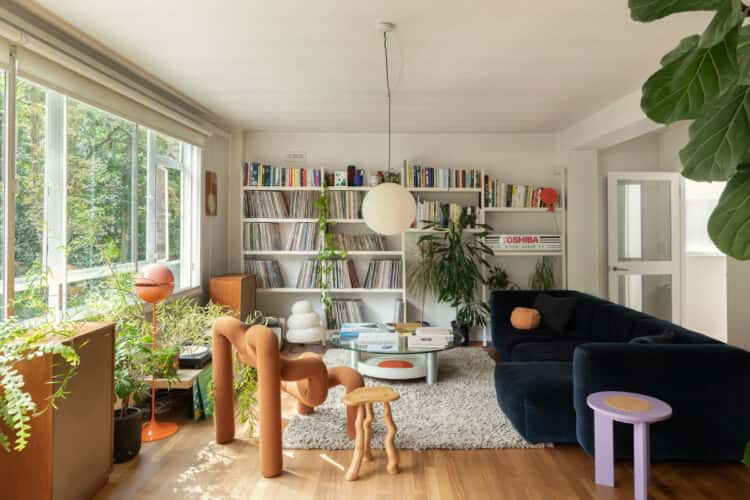Why this renovated 1850s Victorian home is a masterclass in contemporary interior design and curation
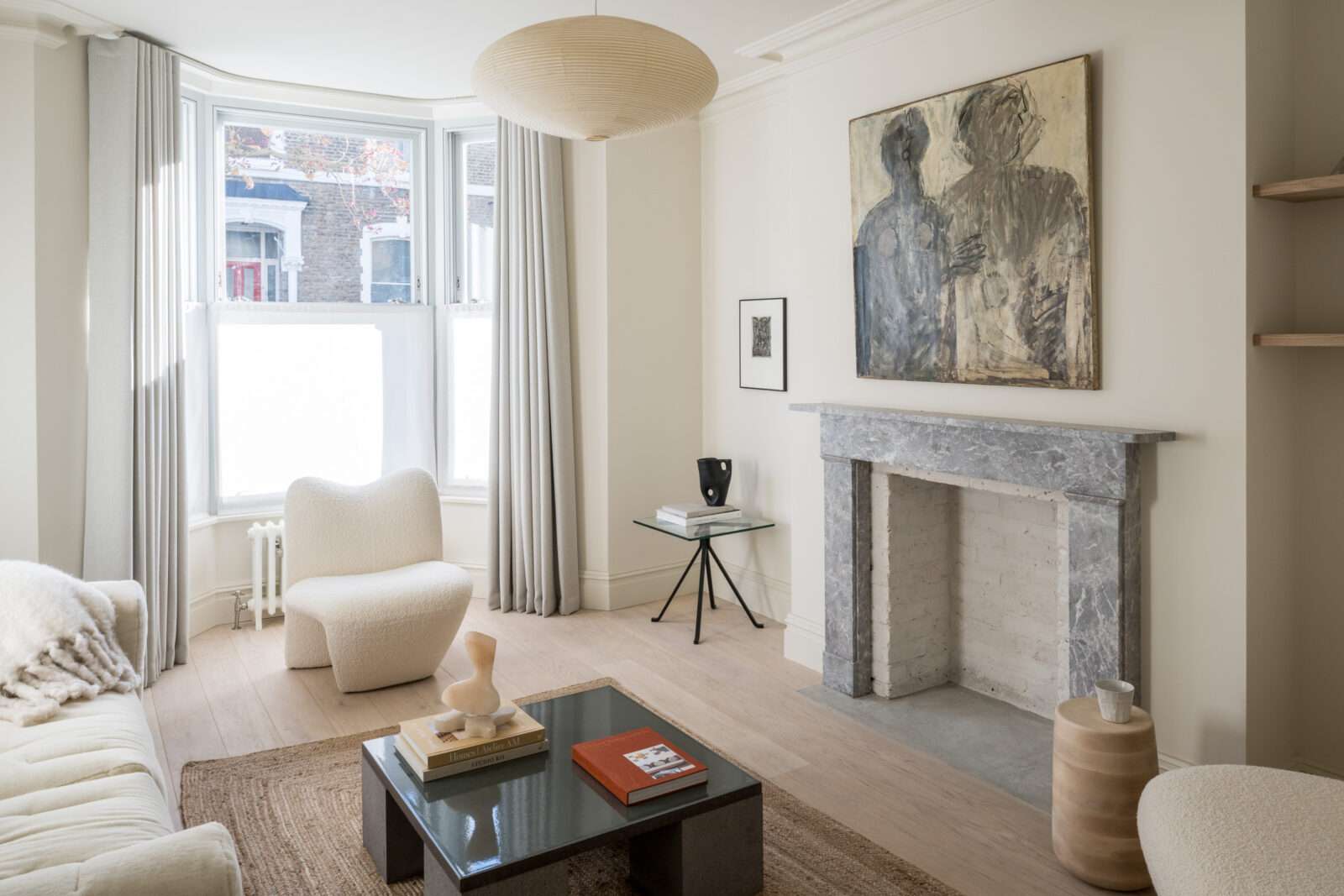
This particular 1850s home – a three-bedroom, three-storey apartment – might appear near-identical to its neighbours, but the current owners have ensured that’s far from the case once inside. They worked in collaboration with the architectural design practice Daytrip.studio, founded by designers Iwan Halstead and Emily Potter, to completely reconfigure the Victorian interiors. The result is a contemporary, gallery-like home with tranquil, flexible living spaces.
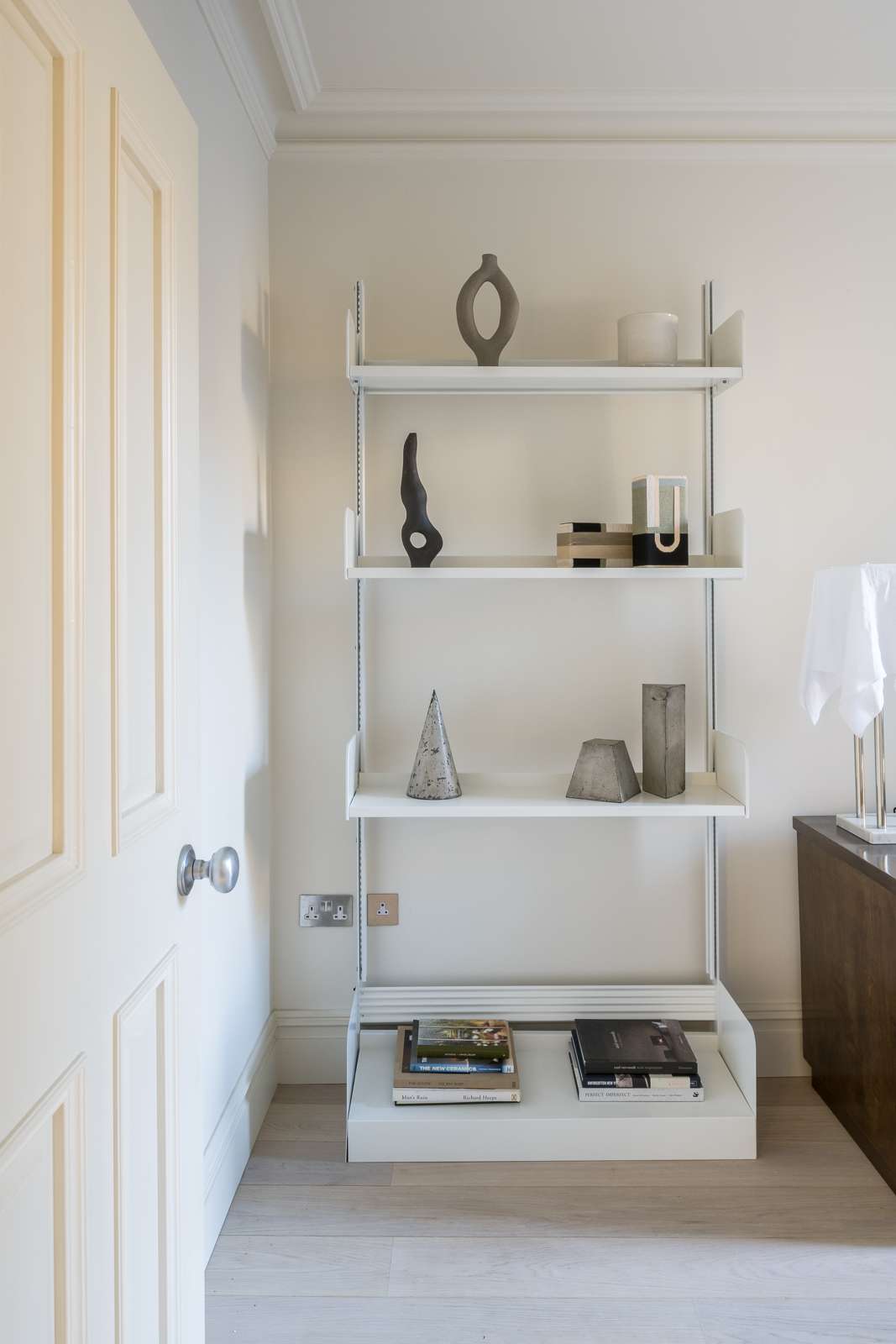
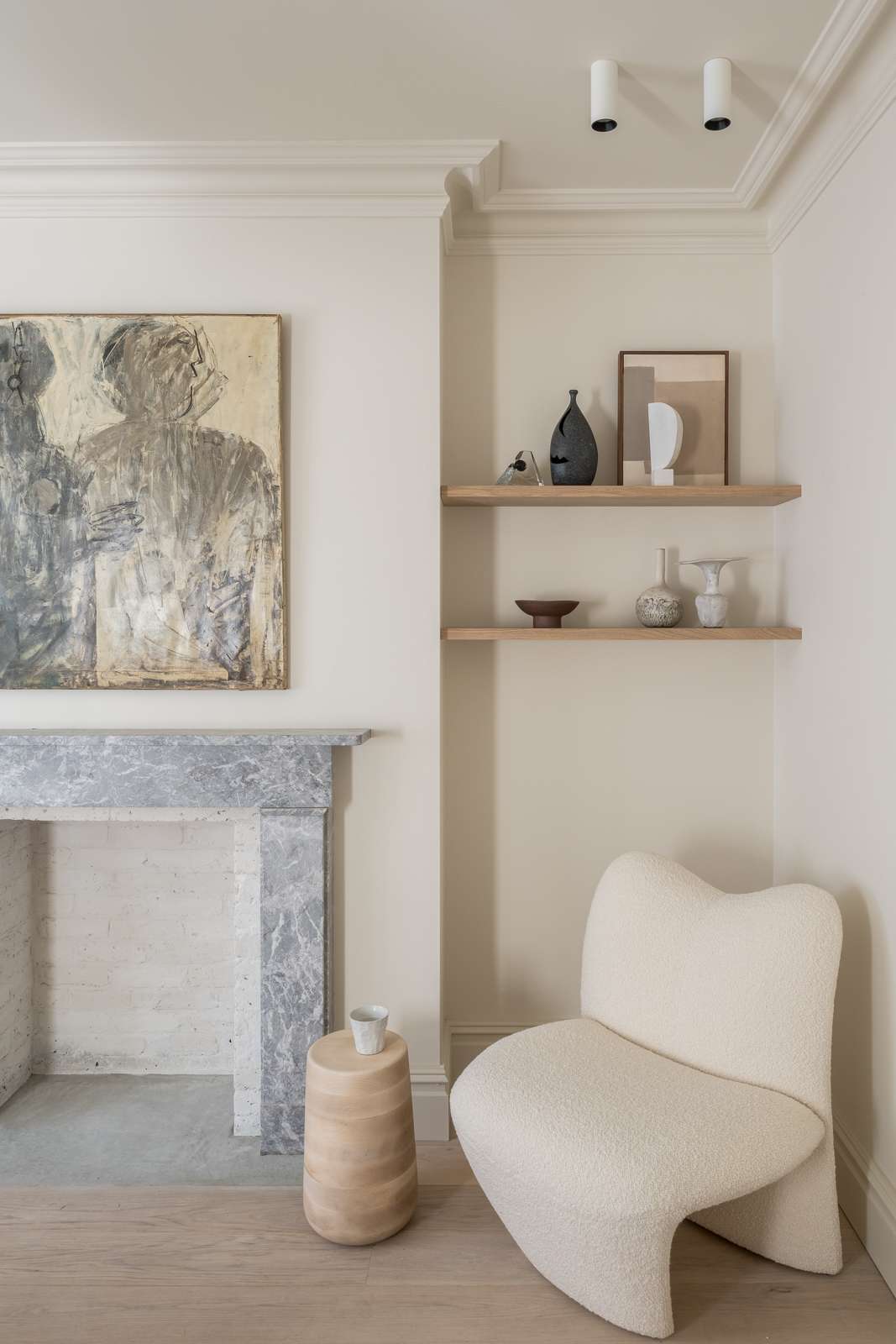
For instance, the third bedroom is currently set up as a study; for those of us working from home, a proper, well-designed workspace is of the utmost importance. On the lower-ground floor is a studio space – complete with Charlotte Perriand wall lights – which can be converted to suit a multitude of needs: yoga, reading, or perhaps a playroom or an artist’s studio. Then there’s the open-plan kitchen and dining area, with concrete flooring that pours out onto the peaceful courtyard garden, where a singular silver birch tree has been planted at its heart. The three floors of the apartment descend beneath the ground, so a series of clever lightwells allow natural light to seep through the different levels.
The interior spaces have been thought of as a collective, the same serene aesthetic transcending each room. Oak, brick, marble, concrete: the material palette is immaculate. The calm, restful neutrals that run throughout the home don’t compete with the materials but sing in their own right. Both work in tandem, complementing each other harmoniously – and are evidence that each room doesn’t need to have its own personality to make an impact; nor that design needs to shout to be heard.
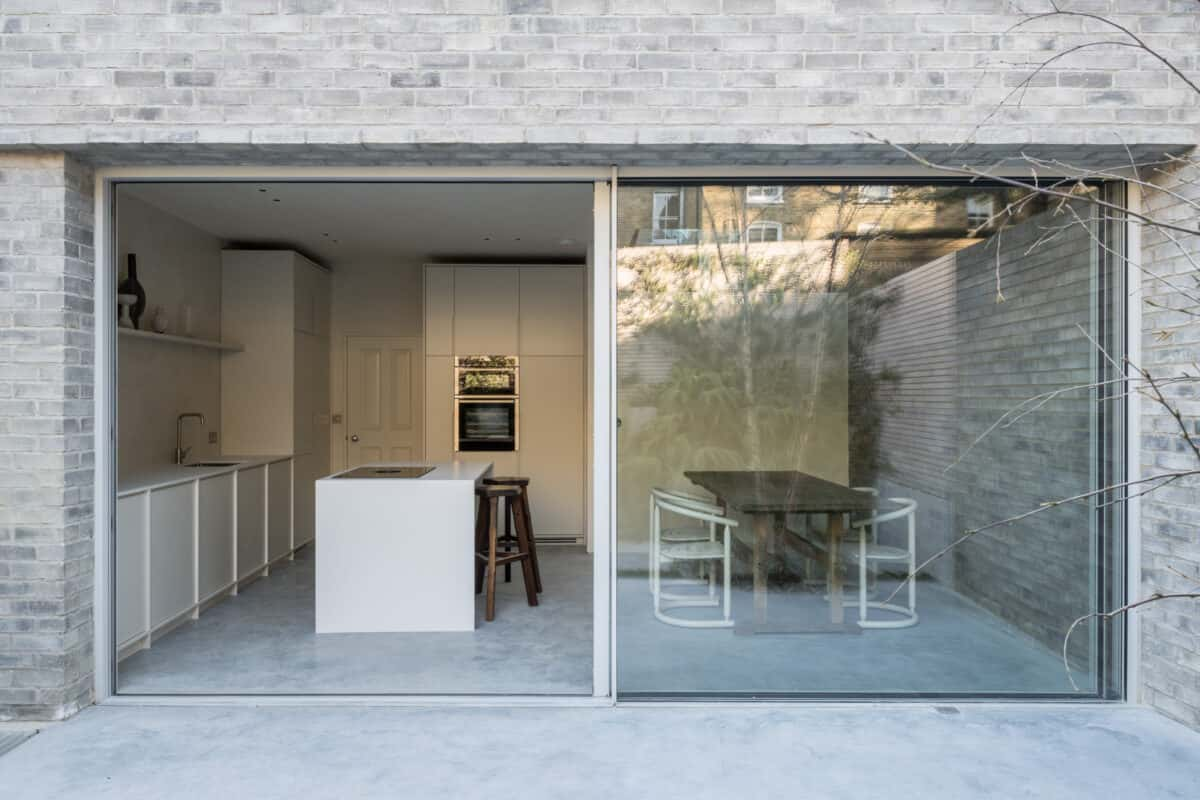
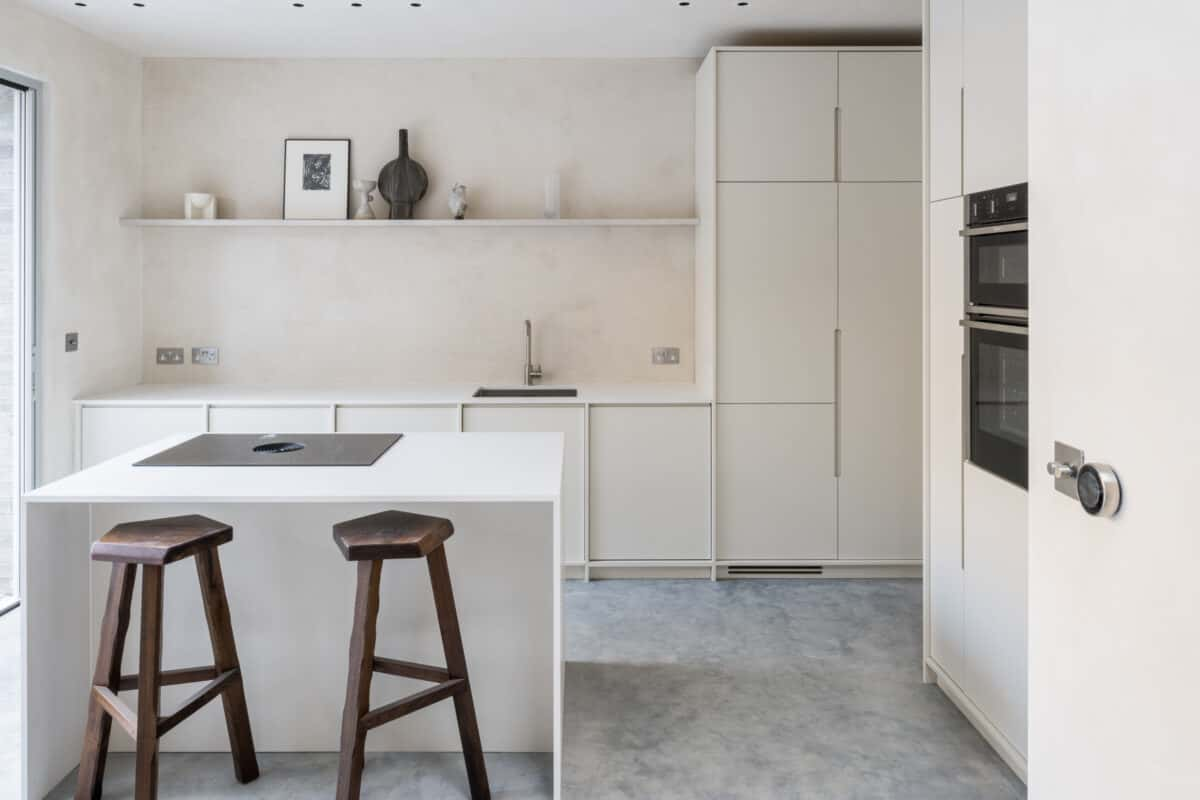
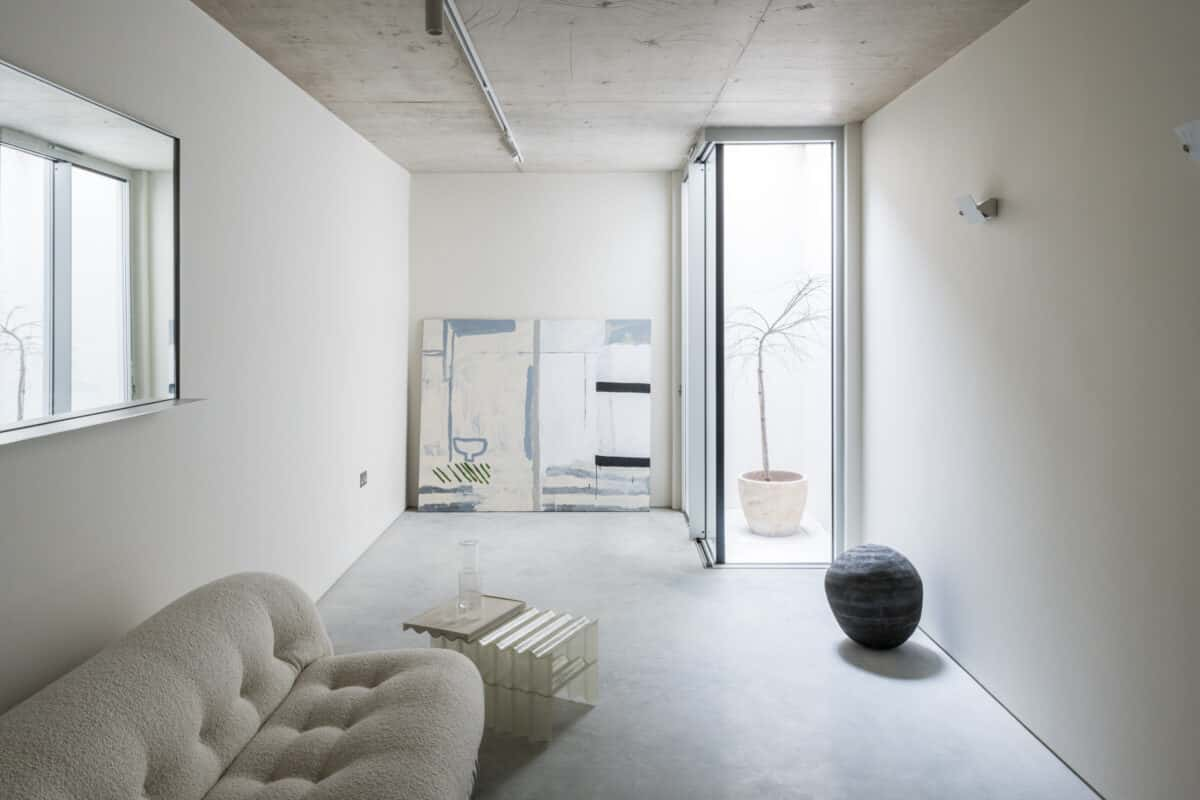
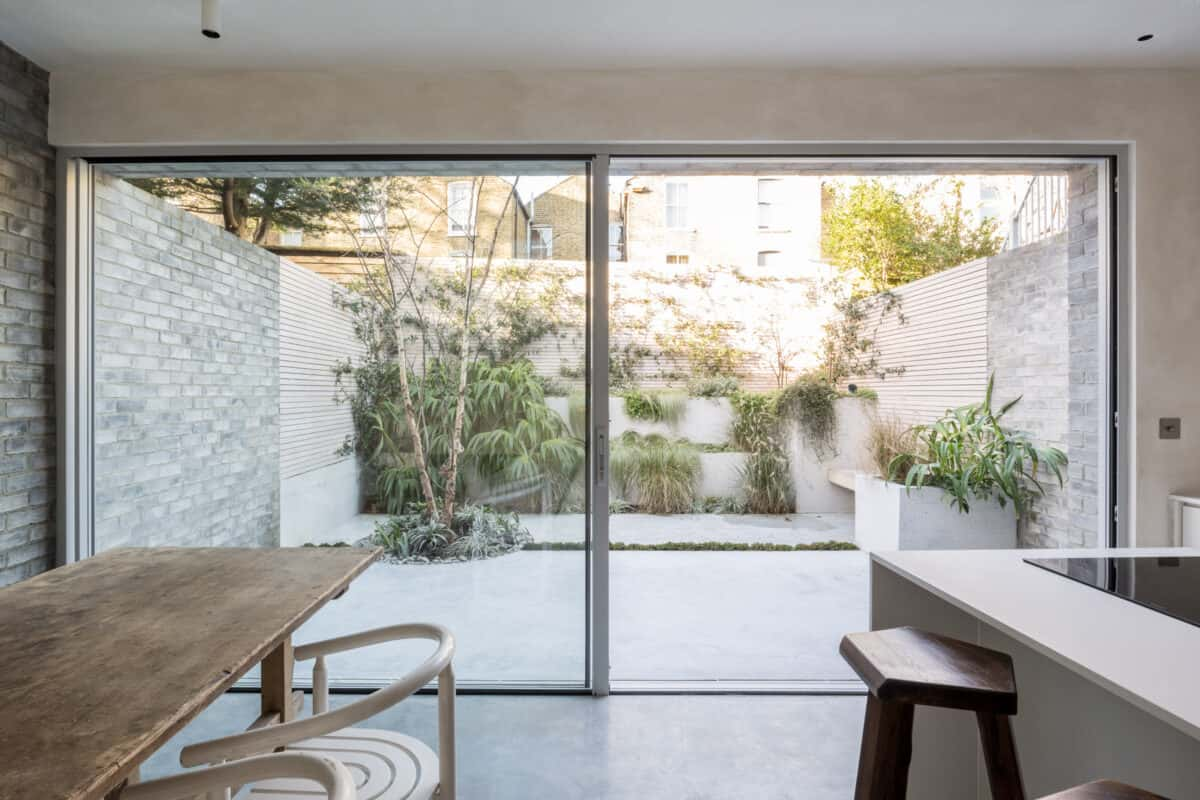
One of our favourite elements of this home is the interior curation. Emily and Iwan called upon the assistance of our friends over at Béton Brut and Modern Art Hire, helmed by Sophie Pearce and Laura Fulmine respectively, the duo behind 50 Vyner Street, to style the home with modern design and contemporary art. We’re inspired by the careful placement of beautiful objects – sparingly, not distracting from the fabric of the building. Note the select number of ceramics on the shelves in the kitchen; the singular abstract painting artfully leaning against the wall in the studio.
The choice of furniture is similarly exquisite. Standing out against the clean, industrial material palette are pieces such as the rustic wooden dining table supported by structural beams, angular wooden stools in the kitchen, plush and sculptural sofas and chairs and a low-level marble coffee table, finished with an assortment of photography books. We’ll take everything exactly as it is, please.
